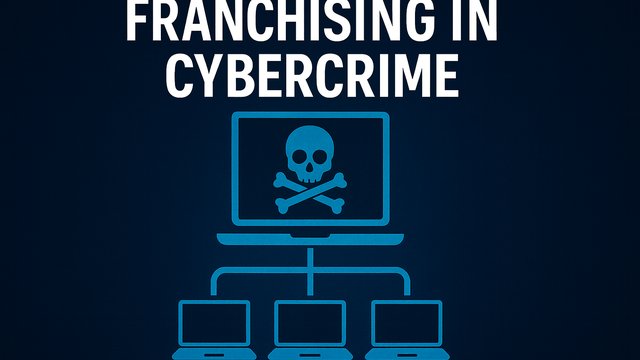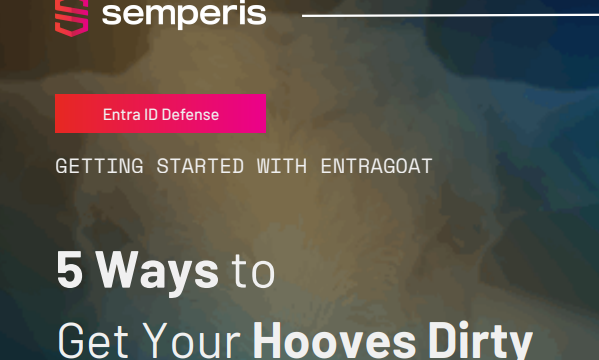Australia’s public sector reported the second most data breaches of any industry segment in the first half of 2024, according to the latest report from the Office of the Australian Information Commissioner (OAIC). Behind only health services, government agencies notified the OAIC of 63 breaches or 12% of all breaches in that period.
Among the causes of data breaches, malicious or criminal attacks and human error made up 97% of incidents. Whether due to bad actors or unintentional or unauthorised sharing of confidential information, the result is the same—data loss and erosion of reputation and trust.
This is echoed by the OAIC in key themes and issues outlined in its report: “Government agencies, especially those with service delivery functions, need to build community trust in their ability to protect the security of individual’s personal information.”
There’s another dimension to consider. Inside agencies, the speed and quality of government decisions rely on assurance of the integrity and admiralty of documents. If authenticity is in question, it can also constrain internal confidence.
The escalating threat landscape, alongside higher volumes of confidential document production and transfer across government, is sharpening agencies’ focus on content and information security. It’s leading to more agencies adopting stringent document protections and controls once only used in intelligence circles.
Mitigating network vulnerabilities has been a prominent driver behind the increasing adoption of zero-trust postures across agencies. However, without protecting content in transit, at rest and in use, the journey to Zero Trust is incomplete.
Fortifying document security at each stage of the lifecycle
By implementing document and content security protections when creating, sharing and publishing information, agencies can both defend against unauthorised access while maximising availability and access. In that way, agencies can apply the Confidentiality, Integrity, Availability (CIA) information security framework across an agency’s content lifecycle.
That acts as a foundational framework for activating application-layer capabilities that support zero trust principles. Adobe has created its secure content solution to satisfy this goal and enable agencies to securely manage document and content creation, storage, and distribution.
The Adobe Secure Content solution is best illustrated by its response to a range of scenarios. For example, if someone leaves the building with confidential documents on an external drive, embedded encryption, an audit trail of access, or the ability to redact information helps to circumvent any unauthorised viewing or usage.
This is just one-way Adobe Secure Content can aid government operations, ensuring security and trust across the information lifecycle. Others include real-time visibility into how, when, and by whom digital content is accessed or shared, or quickly ascertaining whether a document or image has been tampered with.
To learn more about Adobe Secure Content, the steps agencies can take to strengthen document security controls, and discover further resources about the tools and capabilities worth considering, visit https://business.adobe.com/au/resources/adobe-secure-content.html
[1] Australian Government OAIC. Notifiable data breaches report. January to June 2024.
Published by
About our partner
Adobe
At Adobe, Creativity is in our DNA. Our game-changing innovations are redefining the possibilities of digital experiences. We connect content and data and introduce new technologies that democratise creativity, shape the next generation of storytelling, and inspire entirely new categories of business. Adobe’s market-leading secure platform, the highest-rated digital marketing solution by industry analysts like Gartner and Forrester, allows governments, to create seamless, personalised digital citizen experiences, thereby allowing a greater return on government spending through improved services.
Learn more

































